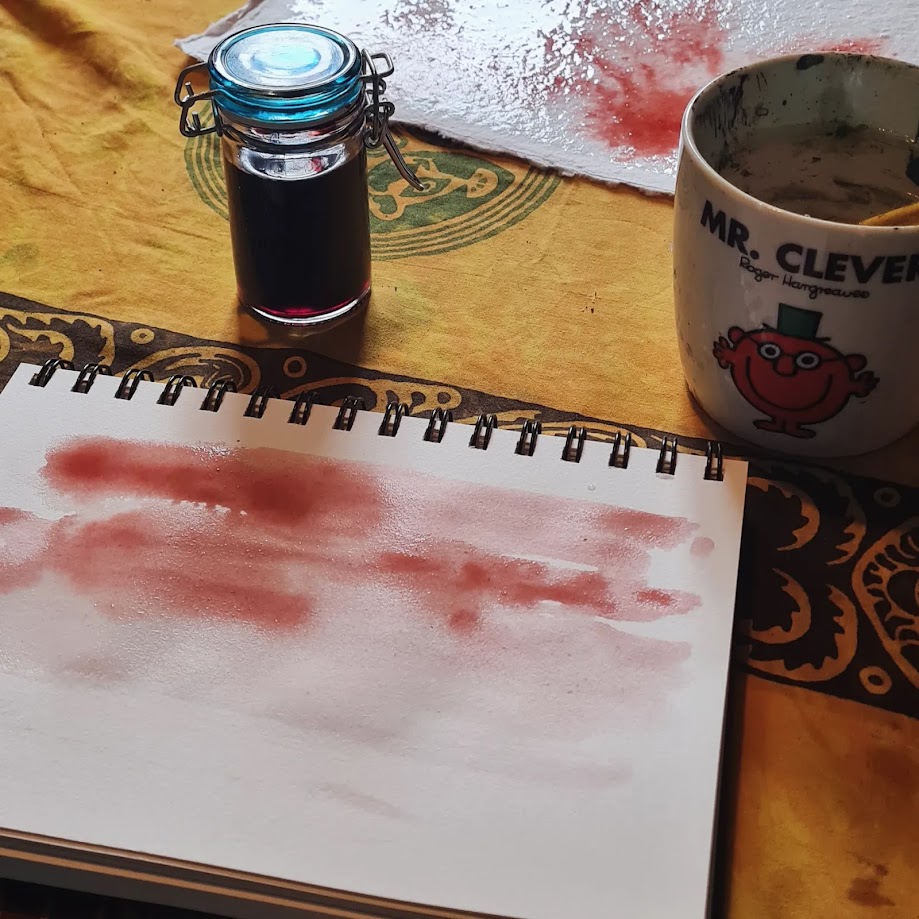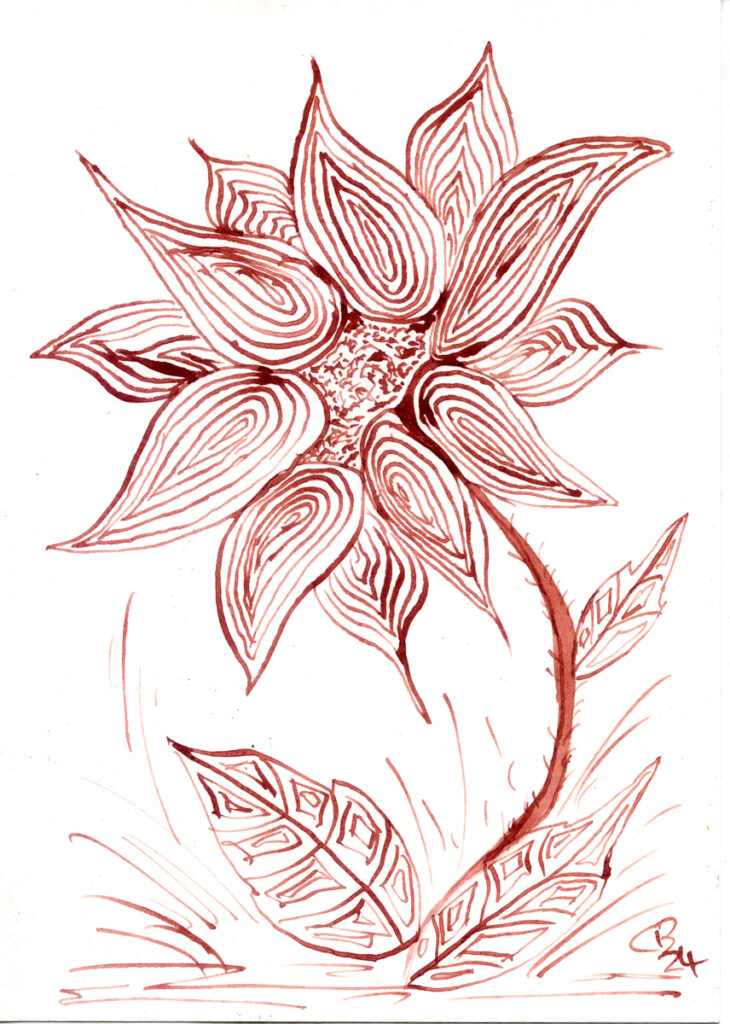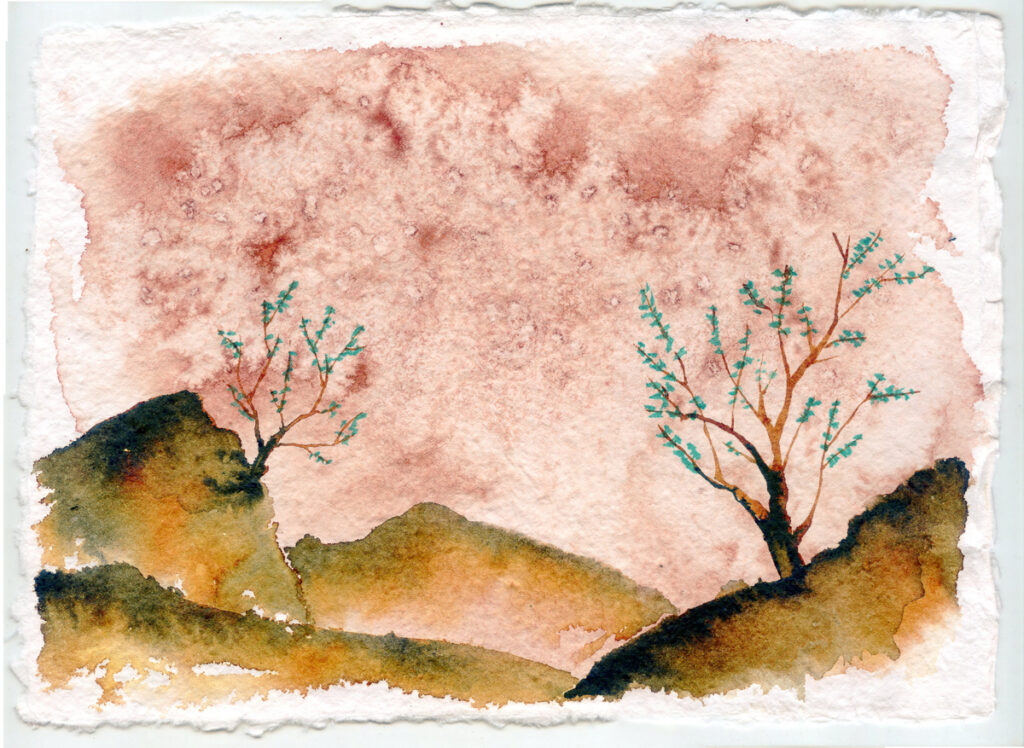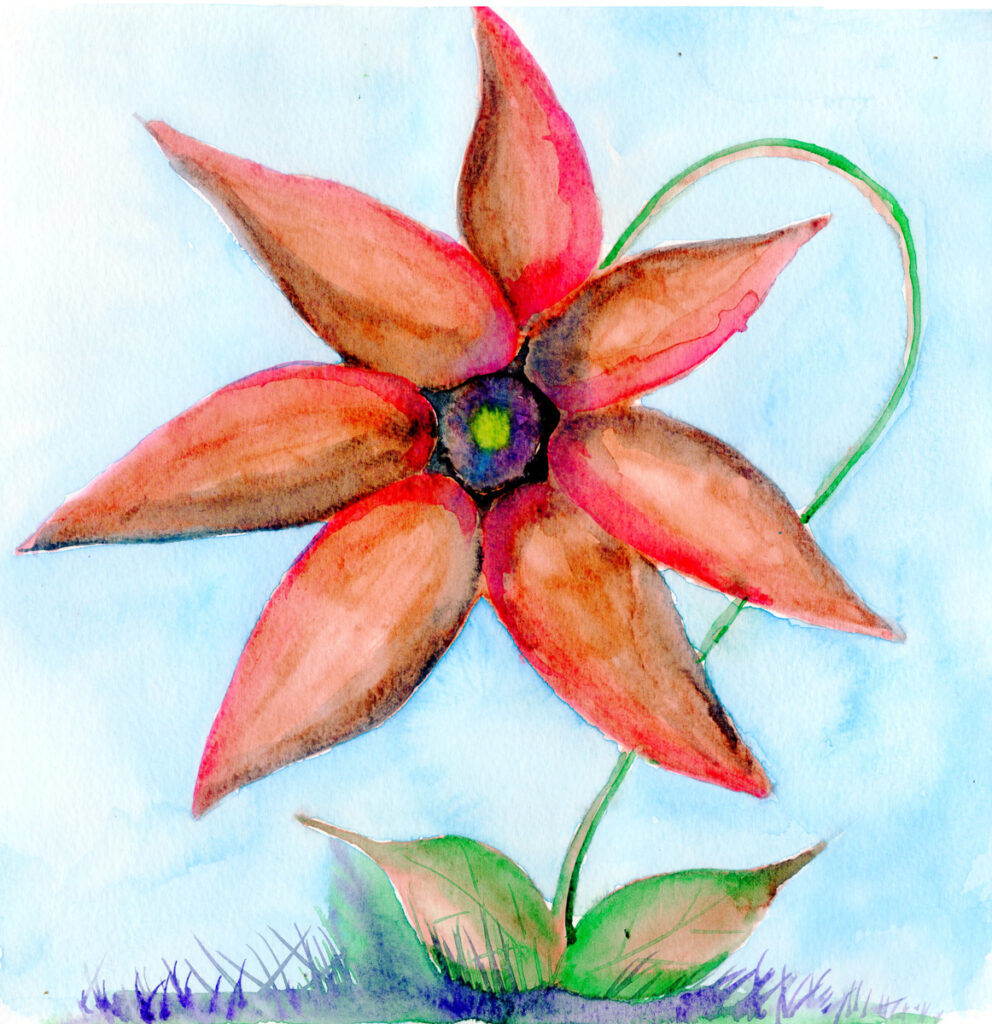Avocado Ink
Prompted by my continual playing with natural pigments in my paints, I made a batch of Avocado ink the other day. This is perhaps one of the better known vegetable dyes, creating a relatively stable and lightfast dusty pink colour.
I’ve brewed up a couple of dye potions recently to make some laked pigments (this is an ongoing experiment, and I will be writing about this in due course) but so far have not really played with these as inks.
It’s really very simple. The first step is making your dye. For avocados you can use the skin and stones, and leaving these to age a little seems to make for good results. I used the skin and stone from 3 avocados, collected over a couple of weeks.

I added these to about a pint of water, added a tablespoon of Sodium Carbonate and heated on a low heat until simmering. I left this to simmer for about 45 minutes – and simmering is the key, not boiling. Think making a delicate boullion.
Then I left this, which was already a deep red, to stand overnight.
To make the ink I just added about 10%, by eye, of my home made watercolour binder – this is gum arabic, honey, glycerol and clove oil. It seems to have worked.
In use
I did some quick tests. First off a simple and basic pen and ink drawing. Used like this I can hardly tell the difference between this and a dye based shellac ink like Winsor and Newton.

The subtle pink and grey of this ink had me thinking about some more interesting effects. I wet this sheet of Indigo Rag, and dropped the ink in, and then when partially dry used some salt to play with the texture.
Speaking to the Sumi-e inspired experiments of the other day I though about this montain scene. I painted wet in wet with a sepia “Scriveners Ink” I bought in Lincoln Castle, followed by Winsor and Newton Black Indian Ink to create this lovely effect. I think this is going to become first of a set,

Finally I just painted this typical flower, using a base of the Avocado ink and some Cotman Watercolours, and I have to say these worked great together and even blended.

All in all, this is a quick and easy recipe, with great effects.
I will also be trying to lake the pigment. More on that soon.